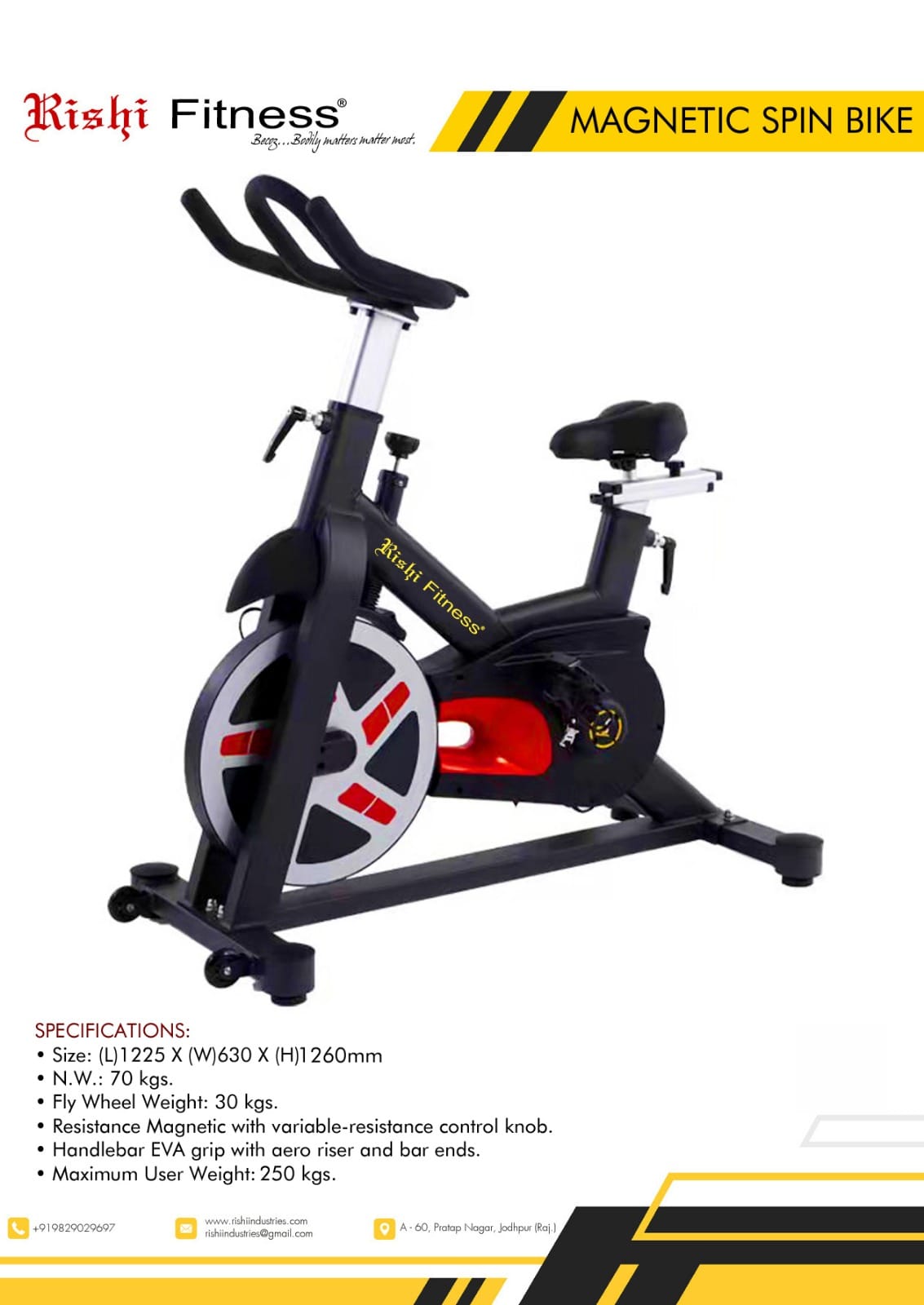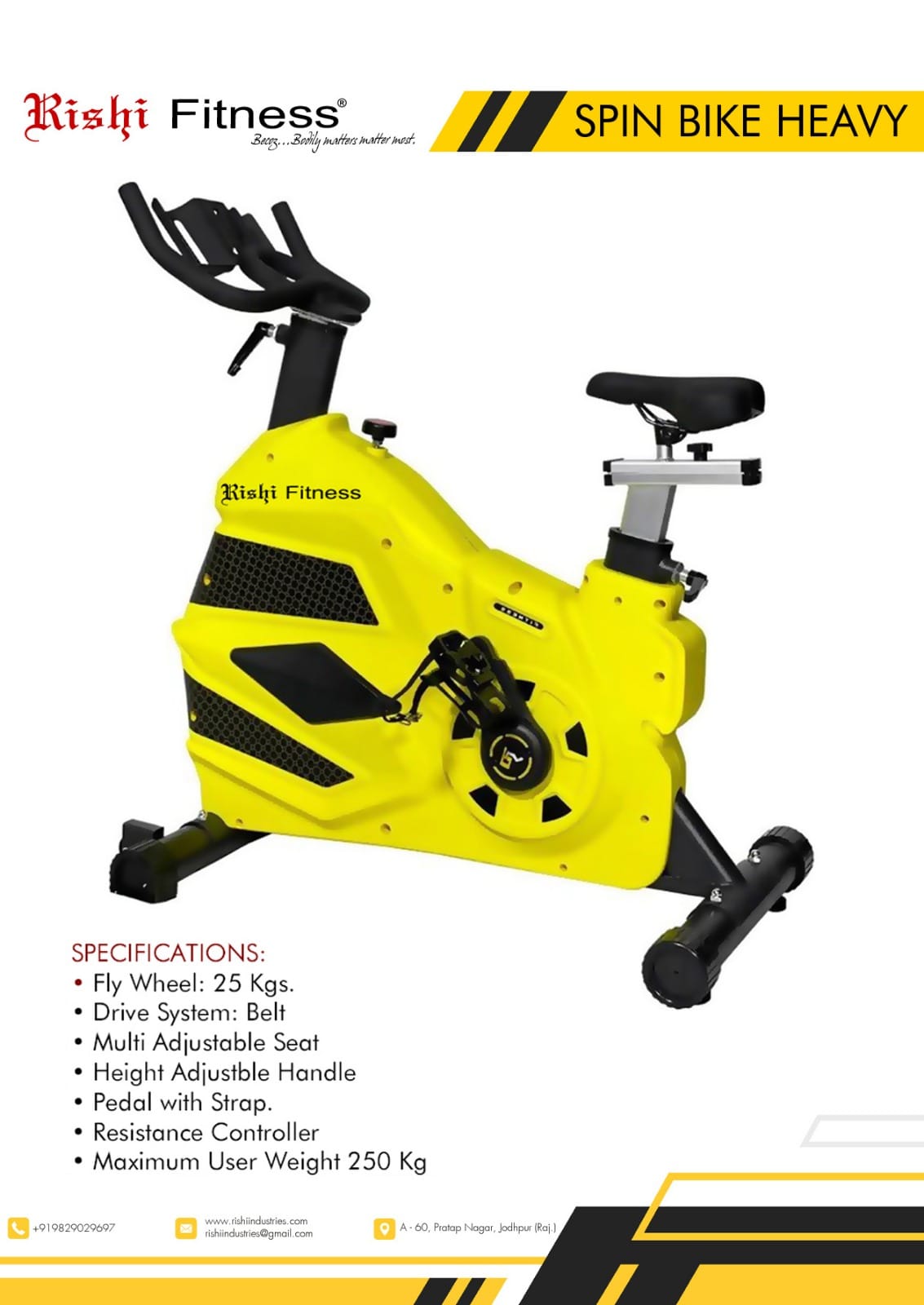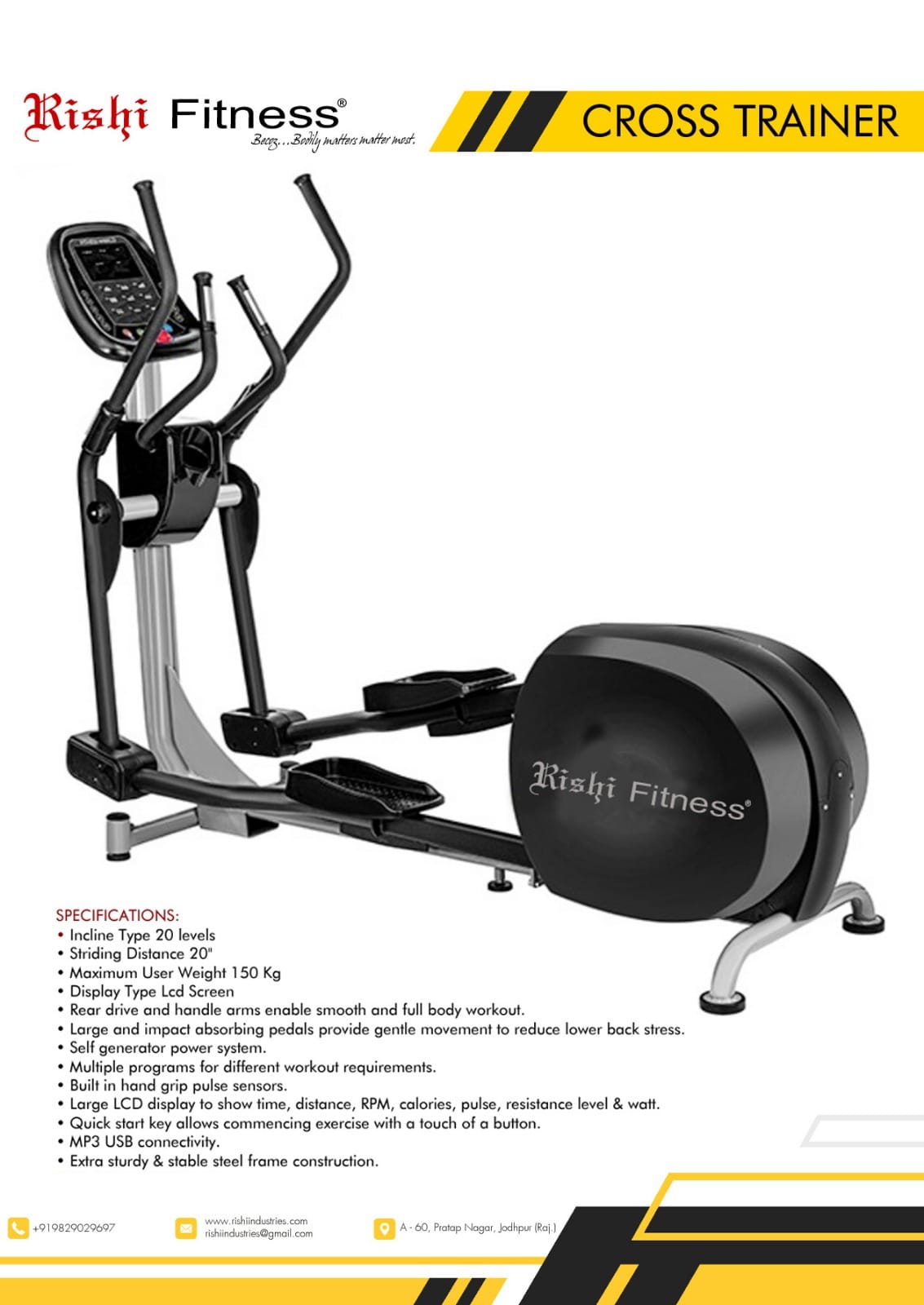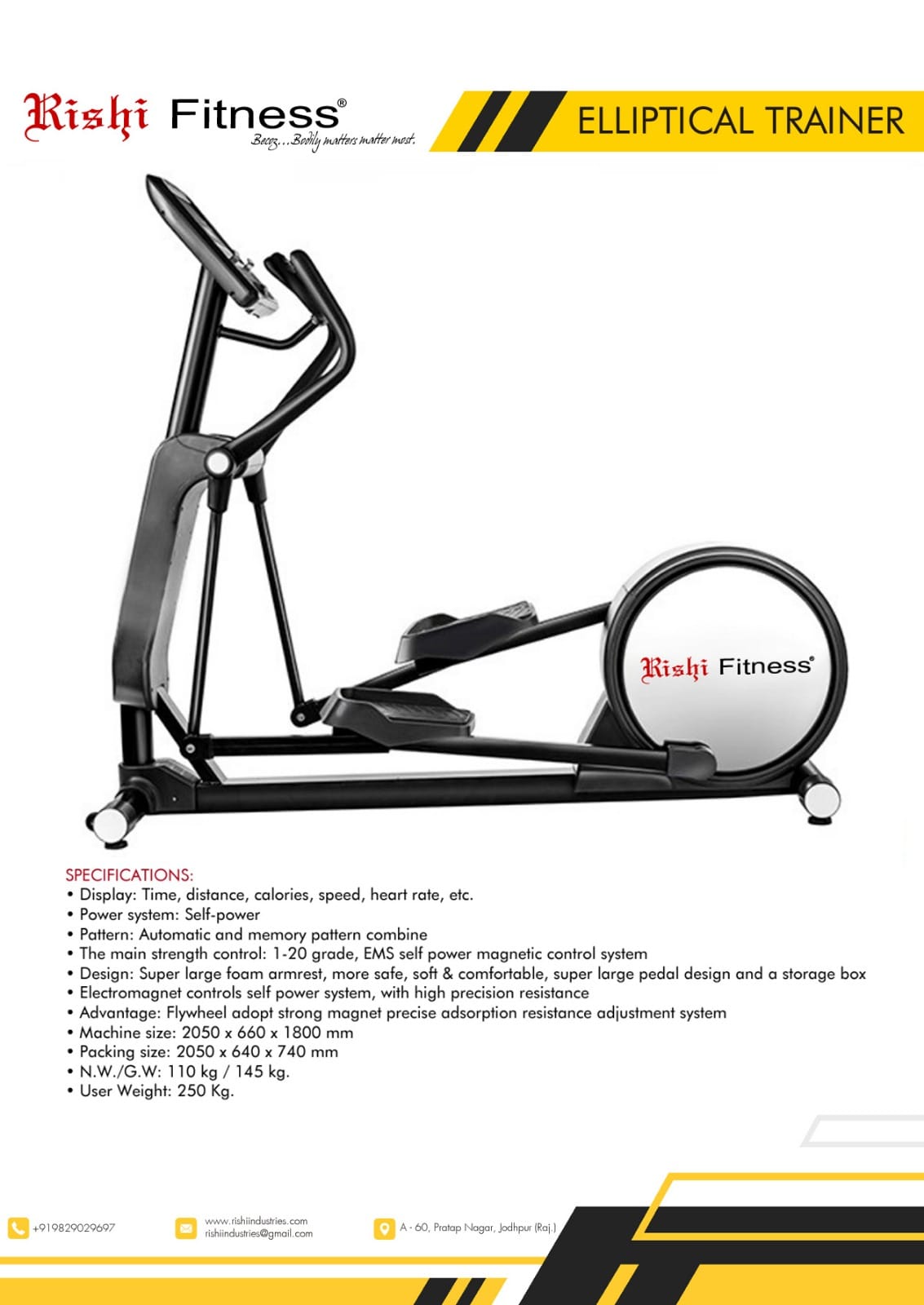Description
Product details
Gym Equipment Setup: A Comprehensive Guide Setting up a gym, whether for personal use, a fitness center, or an outdoor fitness park, requires careful planning to ensure optimal space utilization, safety, and functionality. Below is a step-by-step guide to setting up your gym equipment effectively, considering both indoor and outdoor setups. Step 1: Define Your Space and Layout Before purchasing any equipment, assess the available space for your gym setup. Whether it's a home gym, commercial gym, or outdoor fitness area, it’s important to plan out the layout and flow of your gym. Measure the Area: Measure the length, width, and height of the space to determine the available area for each piece of equipment. If you're setting up in a home or garage, also consider ceiling height for tall equipment. Consider Accessibility: Ensure that there is enough space for users to move freely around the equipment. Leave space between machines for comfortable transitions and to avoid overcrowding. Create Functional Zones: Cardio Zone: Allocate space for cardio machines like treadmills, stationary bikes, ellipticals, and rowers. Strength Zone: Separate area for weight training machines (e.g., chest press, leg press, or squat racks) and free weights. Stretching and Flexibility Zone: Designate space for yoga mats, resistance bands, and flexibility equipment. Multi-Use Zone: If you're using versatile equipment like resistance bands, kettlebells, and dumbbells, ensure they are placed together for easy access. Safety Considerations: Ensure that there is sufficient clearance around equipment for safe use. For outdoor setups, make sure that surfaces are even, well-constructed, and slip-resistant. Step 2: Choose the Right Equipment Depending on the goals of the users and available space, choose equipment that will provide a balanced and diverse workout. A good gym setup includes a mix of cardio equipment, strength training equipment, and flexibility/stretching tools. Cardiovascular Equipment: Treadmills: For walking or running, great for cardiovascular health. Stationary Bikes: Low-impact cardio option to improve endurance. Rowers: Full-body workout, focusing on back and arms while improving cardiovascular health. Ellipticals: Full-body cardio exercise that’s easier on the joints. Cross Trainers: A blend of treadmill and elliptical, offering a total body workout. Stair Climbers: Excellent for building lower body strength and cardiovascular fitness. Strength Training Equipment: Weight Machines: For isolating specific muscles (e.g., chest press, lat pulldown). Free Weights: Dumbbells, kettlebells, barbells, and weight plates for varied workouts. Power Racks: For squats, bench press, and other free-weight exercises. Cable Machines: Versatile equipment for upper and lower body workouts. Smith Machine: A guided barbell system for safe weightlifting. Flexibility & Stretching Equipment: Yoga Mats: Essential for floor exercises, yoga, and stretching. Resistance Bands: Useful for stretching and adding resistance to workouts. Foam Rollers: For post-workout recovery and muscle relaxation. Stretching Ropes or Bars: Helps target specific stretches and increases flexibility. Functional Training Equipment: Battle Ropes: For improving endurance and strength in the upper body. Medicine Balls: For functional movement and dynamic exercises. TRX Suspension Trainer: Uses body weight for strength and core exercises. Jump Ropes: For cardiovascular workouts and agility training. Plyo Boxes: For jump training and explosive movement exercises. Outdoor Equipment: Pull-up Bars: For upper body strength. Parallel Bars: For calisthenics and bodyweight exercises. Balance Beams: For agility and balance training. Climbing Walls: For engaging climbing workouts and full-body exercises. Abdominal Benches: For core-focused exercises outdoors. Step 3: Organize and Arrange Equipment Once you have all the equipment, it's time to arrange everything in a way that promotes safety and maximizes space. Arrange Cardio Equipment: Cardio machines like treadmills, bikes, and rowers should be spaced apart to allow users to move freely and avoid distractions. Ideally, place them near windows or in well-ventilated areas for comfort during long workouts. Strength Machines and Weights: Organize machines and weight racks in a designated strength zone with enough space for users to move freely between sets. Keep free weights on racks and separate from machines to avoid clutter and ensure safety. Functional and Multi-Use Equipment: Store functional equipment like kettlebells, medicine balls, and resistance bands in designated storage areas. Have mats and flexibility equipment in a corner or separate zone where users can stretch or perform yoga exercises. Outdoor Layout: Outdoor setups like in parks or fitness trails should have sufficient spacing between equipment. For example, place climbing walls in a secluded area with ample safety






